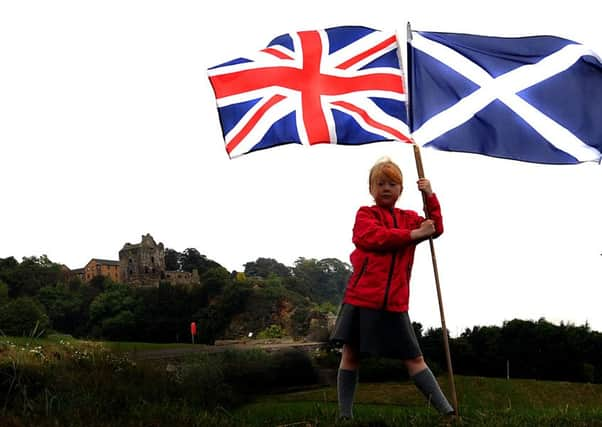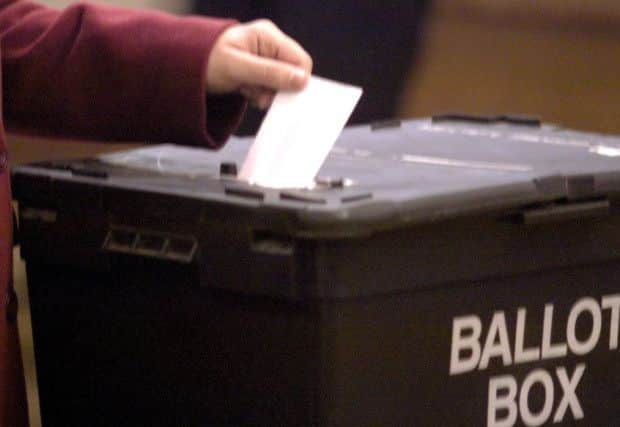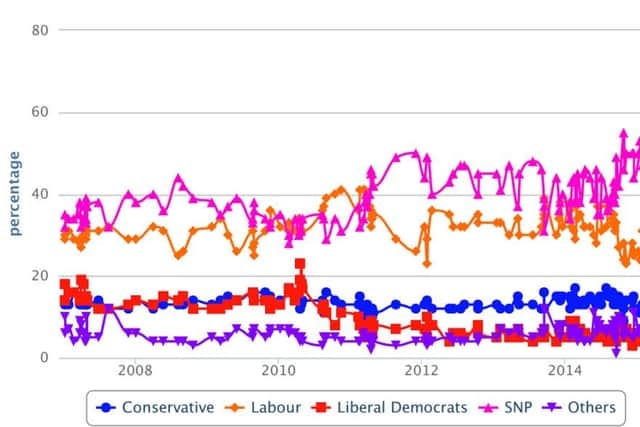How have Holyrood voting intentions changed since the referendum?


A poll tracker by non-partisan think tank What Scotland Thinks? has charted constituency voting intentions dating back to 2007.
Since voters rejected independence, a minimum of 42 per cent of the electorate has indicated they would back the SNP in their local Scottish Parliament seat.
Advertisement
Hide AdAdvertisement
Hide AdHowever, the figure has not dropped below 50 per cent since May 2015.


If such voting intentions are replicated at the ballot box, Nicola Sturgeon’s party would not only retain its parliamentary majority but most likely increase it.
In the 2011 elections, the nationalists won 45.4 per cent of the constituency vote - an increase of 12.4 per cent on 2007 - winning 53 of a possible 73 seats.
They added a further 16 MSPs via the list vote.
The SNP’s post-referendum polling high water mark came in August 2015 when a TNS-BMRB survey of 1029 respondents found 63 per cent would likely vote for them. An Ipsos Mori survey conducted four weeks later found 55 per cent backing the nationalists.


Scottish Labour has not polled 25 per cent or above since an April 2015 survey by YouGov. That number slipped to 21 per cent in two recent polls by TNS-BMRB and Survation.
The Conservatives top polling came in October last year when 19 per cent of voters told YouGov they would Tory in their constituency.
The Liberal Democrats polled between seven and two per cent throughout 2015.


“The polls are unlikely to change as long as the dividing issue in Scottish national politics continues to be the independence question, which it has been since the referendum” said Professor John Curtice of What Scotland Thinks.
Advertisement
Hide AdAdvertisement
Hide Ad“The referendum turned independence from one of the issues in Scottish politics to the central issue. Given that 45 per cent voted yes in the referendum, and the SNP dominate that side of the argument, it seems likely they will get around 50 per cent of the vote in May.”
Prof Curtice added it was more difficult to predict the number of seats the SNP could win on the list vote, which elects 56 MSPs.


“But all current polls suggest the SNP is heading for an overall majority,” he said.
Even the prospect of a referendum on European Union membership, which some senior Conservatives suggest could take place as soon as June, would be unlikely to dent the Nationalist’s popularity, he added.
An SNP spokesman said: “Recent polls have been very encouraging for the SNP – but we never take the support of people in Scotland for granted.
“In health, education, justice and across all our areas of responsibility the public continue to back our actions and to trust the SNP.
“The SNP are determined to build on our strong record in government and to keep Scotland moving with fresh thinking and new ideas.”